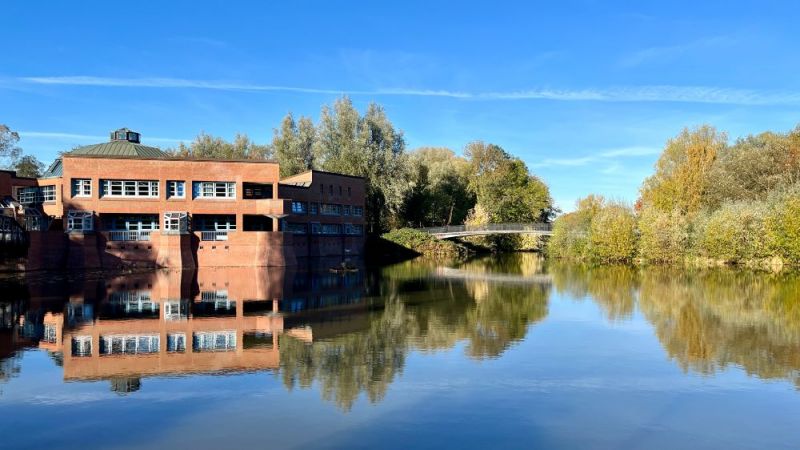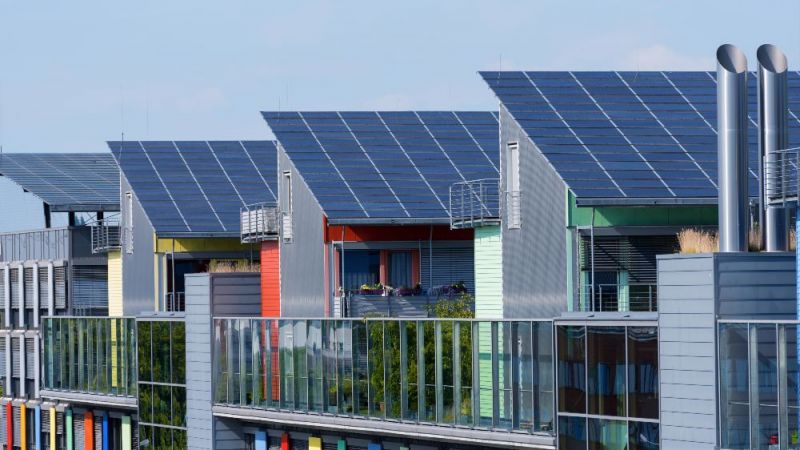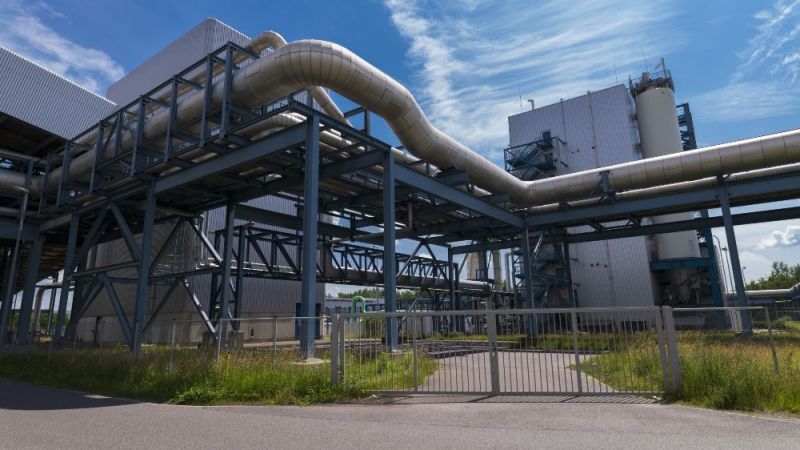
Street lighting
Using LEDs to efficiently illuminate paths and squares
Energy-efficient LED technology also facilitates targeted light distribution, making it suitable for lighting small areas. This further reduces the energy requirement while improving the lighting quality in cities. The LED Walkway in the grounds of the German Technology Museum in Berlin offers excellent prerequisites for the necessary investigations. Measures and concepts for space-specific lighting are being developed. It is planned to create a catalogue of criteria as a design tool for municipalities.
In Germany, up to 4 billion kWh of electricity are consumed annually for lighting streets and squares. For this reason, any potential savings that can be achieved for street lighting are considerably important. The basis for the current street lighting standard, DIN EN 13201, was developed in the 1960s for conventional light sources. It is characterised by the high luminous fluxes of the gas discharge lamps (mercury and sodium vapour high-pressure discharge lamps), which are radiated into the streetscape in an undifferentiated manner. With the help of LED technology, however, lighting differentiated according to different usable spaces can be implemented relatively simply. Correspondingly efficient lighting concepts need to be developed, validated and integrated into the standards. The LED Walkway in the grounds of the German Technology Museum in Berlin offers excellent prerequisites for the necessary investigations: Since March 2015, the Lighting Technology Department from the Technische Universität Berlin has been operating 43 light spots with 78 luminaires along 4 different test distances.
Research focus
The aim of the project is to develop and evaluate measures and concepts for space-specific lighting. It can only be referred to energy-efficient solutions when they specifically illuminate just those areas that require light for good visibility or for creative tasks. The measured values being developed need to enable customised lighting for all utilised spaces. These include parameters for specifying the vertical illuminances and their uniformity for pedestrians and cycle lanes, the time-dependent maximum illuminances for house facades to ensure sleep quality, as well as roadside areas and their lighting intensities.
The basis here is provided by light distributions that are being optimised with the aid of mathematical and heuristic optimisation methods with regard to the energy efficiency, visibility and glare-freeness, taking into account the actual environmental conditions. An essential prerequisite for their determination is precise knowledge of the spatially resolved reflection properties of all utilised areas.
One of the aims of this research project is therefore to develop methods for determining the reflection properties both cost-effectively and quickly.
Successes
The normative and standardised measured values for roads, pavements, cycle paths, squares and house facades as utilised areas were summarised and defined with the aid of international publications. Preliminary investigations are currently being prepared for completing the data collection.
In order to determine the reflection properties, standardised and new measurement methods have been researched and their evaluation prepared. Self-developed measuring methods are already in the test phase and are constantly being further optimised. Various algorithms for optimising the light distributions have already been successfully applied. The research route on the LED Walkway has already been extensively investigated with regard to the lighting properties. The first luminaires optimised for the measurements have already been installed.
Application
The lighting will be retrofitted at the municipal level. With a view to their investment decisions, the municipalities therefore require evidence that space-specific lighting with LED technology reduces the energy consumption and energy costs, thus making it sustainable and future-proof. The LED Walkway provides an opportunity to demonstrate the developed lighting scenarios. A list of criteria for highly efficient lighting planning will be drawn up on the basis of the research results. This should make it possible to take into account features specific to the municipalities, e.g. the population density and industrial buildings. Continuous demonstrations are carried out along the LED Walkway for the lighting industry. The research is therefore supporting the rapid implementation into practice.
27.10.2021
































